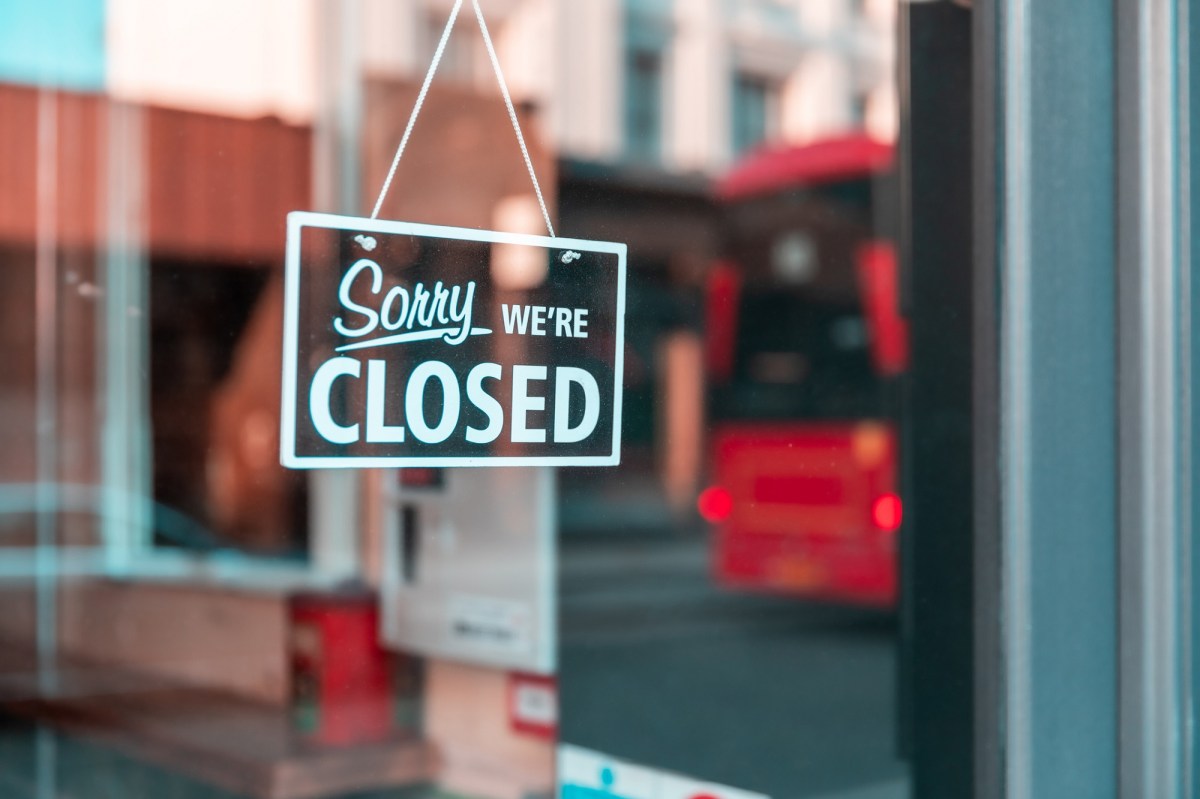The shift in demand from offline to online is here to stay, according to Stripe head of growth for Australia and New Zealand, Hayley Hopwood, so having a robust ecommerce presence is now a prerequisite for any successful retailer.
“Opportunities in the internet economy are abundant especially when the barriers to reach previously distant customers have been seismically cut,” Hopwood told Retailbiz in a recent interview.
Newly released Stripe research found that almost two-thirds of Australian retailers consider improving customer experience as their top business priority to cater to consumer behaviours and expectations such as moving to mobile and offering new payment methods.
“If you restrict yourself solely to the bricks-and-mortar environment, you are missing out on the ease and convenience that comes with shopping online and in turn, a truck load of potential customers. This is particularly the case for SMEs or suburban mum and dad businesses, who previously only reached their immediate community,” she said.
Hopwood acknowledges that most retailers are both time-poor and strapped for cash so it is not easy to hire a developer and launch an e-commerce website or build a payments infrastructure that can manage strong online demand.
The solution? Application programming interfaces (APIs).
“APIs are like a universal plug socket. They enable retailers to plug in to the power grid of technology platforms to harness the tools they need to maximise their business, regardless of the kind of plug they may have,” she explained.
“APIs omit the need to build your own technology solutions or software. Despite this, most retailers haven’t heard of them before. Not only do they save upfront capital expenditure and resource allocation, but the connection to software platforms also provides retailers with tools to access a new pool of online customers. With Stripe’s API, retailers can connect to the platform within minutes and begin securely processing transactions.
“The API economy will only grow and businesses providing the infrastructure to create a great online business will flourish. Our research shows that the majority (57%) of retailers see increasing online conversion rates as their biggest priority and APIs will be key to achieving this.”
However, the bricks-and-mortar retail world is far from dead, according to Hopwood. The key is having an omnichannel strategy as consumers increasingly turn to mobile devices for their shopping needs. “Mobile shopping bridges the gap between online and in-store purchases which blurs the lines for payments. Omni-channels that talk to the backend of payment systems will make reconciliation that much easier,” she said.
Looking ahead to the next six to 12 months, Hopwood expects to see more partnerships between technology companies, retailers and banks. “The best way to power the economic recovery will be a unified approach as retailers face time, capital and talent constraints.”

